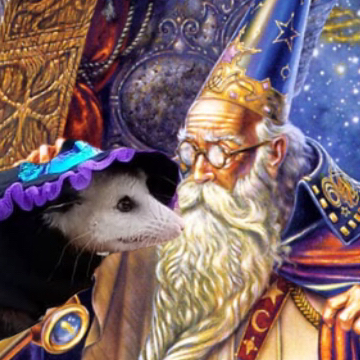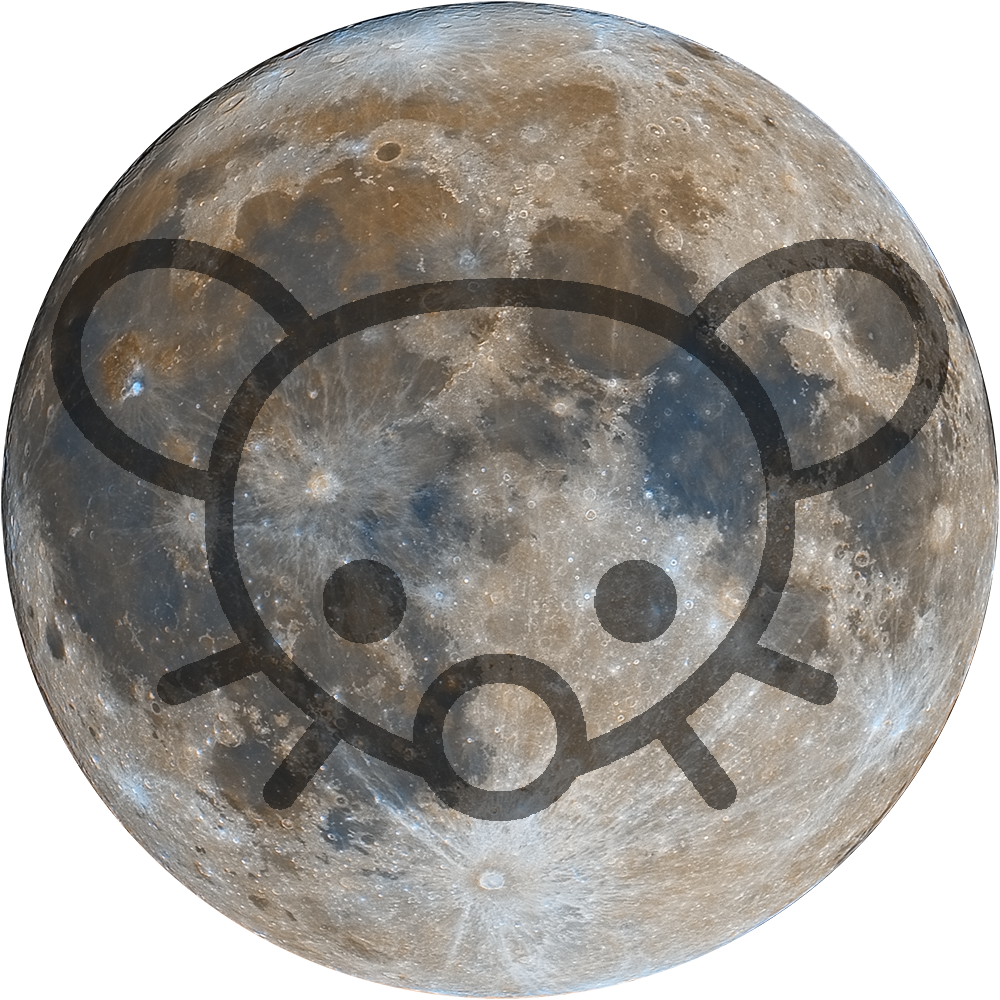- cross-posted to:
- pics
- cross-posted to:
- pics
I’m guessing it’s called that because it’s kinda headphone shaped. It was discovered in the 30’s so I’m assuming only the brightest parts of the nebula were visible to the astronomers.
This image is a combination of false color narrowband images for the nebula itself, plus true color RGB stars (the nebula is mostly red and a little blue in true color). If you zoom in to the center you can see the very blue white dwarf that caused the planetary nebula to form. Also for those curious this is what a single 10 minute long Ha exposure looks like (image total is 83.5 hours exposure). Captured over 33 nights from Jan-May 2024 from a bortle 9 zone.
Places where I host my other images:
-
TPO 6" F/4 Imaging Newtonian
-
Orion Sirius EQ-G
-
ZWO ASI1600MM-Pro
-
Skywatcher Quattro Coma Corrector
-
ZWO EFW 8x1.25"/31mm
-
Astronomik LRGB+CLS Filters- 31mm
-
Astrodon 31mm Ha 5nm, Oiii 3nm, Sii 5nm
-
Agena 50mm Deluxe Straight-Through Guide Scope
-
ZWO ASI-290mc for guiding
-
Moonlite Autofocuser
Acquisition: 83 hours 30 minutes (Camera at -15°C), NB exposures at unity gain and BB at half unity
-
Ha - 238x600"
-
Oiii - 247x600"
-
R - 54x60"
-
G - 53x60"
-
B - 54x60"
-
Darks- 30
-
Flats- 30 per filter
Capture Software:
- Captured using N.I.N.A. and PHD2 for guiding and dithering.
PixInsight Preprocessing:
-
BatchPreProcessing
-
StarAlignment
-
Blink
-
ImageIntegration per channel
-
DrizzleIntegration (2x, Var β=1.5)
-
Dynamic Crop
-
DynamicBackgroundExtraction 3x
duplicated each image and removed stars via StarXterminator. Ran DBE with a shitload of points to generate background model. model subtracted from original pic using the following PixelMath (math courtesy of /u/jimmythechicken1)
$T * med(model) / model
Narrowband Linear:
-
Blur and NoiseXTerminator
-
StarXterminator to completely remove stars (to be later replaced by the RGB ones)
-
ArcsinhStretch to slightly stretch nonlinear
-
iHDR 2.0 script (low preset) to stretch each channel the rest of the way.
here’s the link to the repo if you want to add it to your own PI install.
RGB Linear:
-
ChannelCombination to combine monochrome R G and B frame into color image
-
SpectroPhotometricColorCalibration
-
BlurXTerminator for star sharpening (correct only)
-
HSV Repair
-
StarXterminator to generate a stars-only image
-
ArcsinhStretch + HT to stretch nonlinear (to be combined with starless narrowband image later)
-
Invert > SCNR > invert to remove magentas
-
Curves to saturate the stars a bit more
Nonlinear:
- PixelMath to combine stretched Ha and Oiii images into color image (/u/dreamsplease’s palette)
R = iif(Ha > .15, Ha, (Ha*.8)+(Oiii*.2))
G = iif(Ha > 0.5, 1-(1-Oiii)*(1-(Ha-0.5)), Oiii *(Ha+0.5))
B = iif(Oiii > .1, Oiii, (Ha*.3)+(Oiii*.2))
-
NoiseX again
-
Background Neutralization
-
Shitloads of Curve Transformations to adjust lightness, hues, contrast, saturation, etc
-
even more curves
-
Pixelmath to add in the stretched RGB stars only image from earlier
This basically re-linearizes the two images, adds them together, and then stretches them back to before. More info on it here)
mtf(.005,
mtf(.995,Stars)+
mtf(.995,Starless))
-
Couple final curves
-
Resample to 65%
-
DynamicCrop
-
Annotation
-
Beautiful, thanks for sharing!


